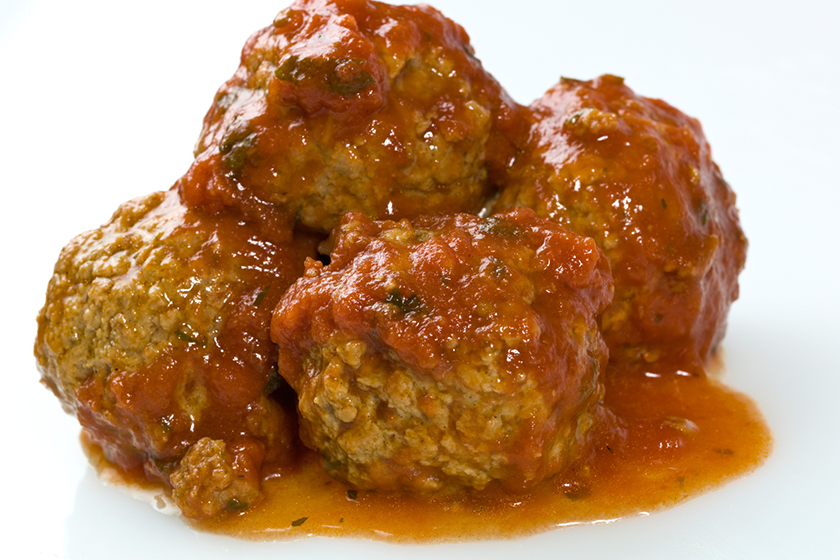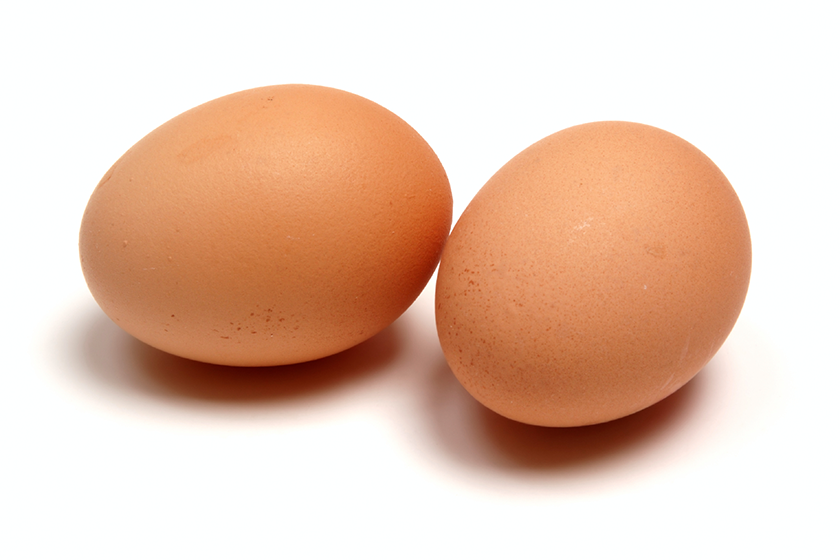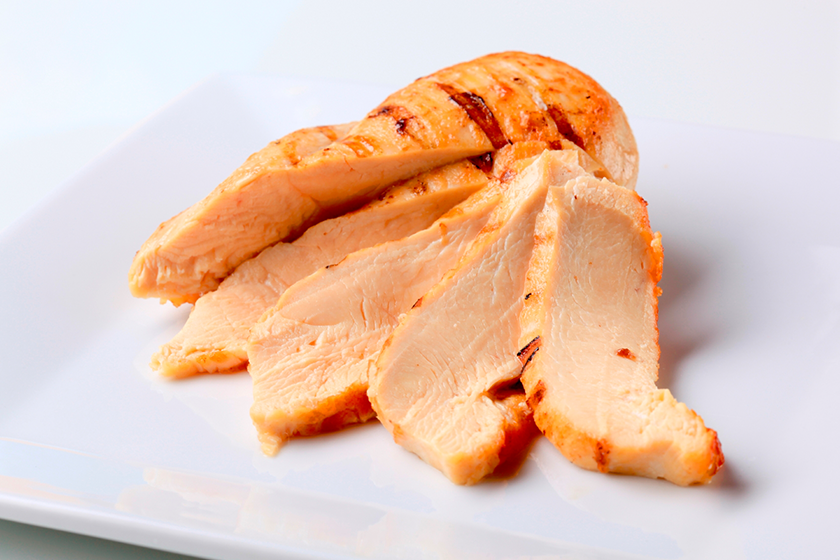
View as slideshow
The importance of iron
Iron, an essential mineral, helps red blood cells deliver oxygen throughout the body and is crucial to the development of the brain and nervous system. Without enough iron, children can develop iron deficiency anemia, a common but often undetected condition that affects energy levels and the immune system, and has been linked to behavioral problems.
In October 2010, the American Academy of Pediatrics released a clinical reportdesigned to prevent iron deficiency anemia in young children. The bottom line: Kids, especially infants and toddlers who are growing at a fast rate, need iron-rich foods. (Learn more about iron deficiency and supplements here.)
Meat, fish, and poultry are all good sources of heme iron, which is absorbed most efficiently by the body. Adding foods that have vitamin C to an iron-rich meal can help boost absorption.
There are many iron-rich options, but some, such as clams and liver, aren’t exactly kid-friendly. Use our guide to find iron-rich foods your kids are sure to eat!

Red meat
Red meat is a rich source of heme iron. Beef liver has the highest amount (6.5 mg in a 4-ounce serving). Since it’s a challenge to get children (and most adults!) to eat liver, try serving meatballs or hamburgers made with lean ground beef instead: a 3-ounce serving has 3 mg of iron. If that’s too much meat for your child, try making a tomato-based meat sauce. Tomato sauce has a small amount of iron and vitamin C, which aids in absorption.

Eggs
Egg yolks are a great source of iron. Skip the iron-fortified cereal and start the day with scrambled eggs. For older children, a small glass of orange juice (for toddlers, a couple of orange slices), will help the body absorb the iron.

Quinoa
With 8 mg of iron per half cup, quinoa (a seed that can be cooked and consumed like rice) is an ideal iron-rich option for vegetarian families or children who don’t like meat. Add quinoa to soups and salads, or serve it with any recipe that calls for rice.

Tofu
With 6 mg per 4-ounce serving, tofu is a good vegetarian source of iron. Kids tend to love the texture of firm tofu and there couldn’t be an easier finger food to prepare. Cut tofu into cubes and serve.

Seafood
Many children shy away from seafood, but tuna, shrimp, and clams are all good sources of iron. Tuna has the lowest amount, just 1 mg in 3 ounces, but by serving it with iron-fortified bread, you can boost the amount of iron your children are consuming. Since kids love food they can dip, serve them shrimp (2 mg in 4 ounces) with a tangy (but not too spicy) cocktail sauce. To encourage children to try clams (3 mg in 4 ounces), make a kid-favorite pasta (like linguine) and top with a clam sauce.

Sweet potatoes
Does your kid love French fries? (Whose doesn’t?) Try a healthy spin on this kid-favorite side dish with sweet potato fries. Sweet potatoes have 2.5 mg of iron per half cup. They’re also rich in vitamin C. To really boost your child’s iron intake, serve sweet potatoes on the side of chicken, turkey, or steak.

Dried fruits
Many dried fruits, including raisins, prunes, dates, and apricots contain iron (about 1.5–3 mg per serving). Add some to your child’s cereal in the morning, pack them for an afternoon snack, or use them when baking muffins.

Dark, leafy vegetables
Leafy green vegetables such as spinach, collards, and kale all contain good amounts of non-heme iron. To boost absorption, try serving them with fruits and vegetables that are rich in vitamin C. Add strawberries or sweet peppers to a spinach salad, or make pasta with both kale and tomatoes.

Turkey
Most families make a turkey only on Thanksgiving but it’s a good source of iron and should be consumed year round. Dark turkey meat is the best source of iron (a 4-ounce serving provides 2.5 mg of iron compared to 1.6 mg from the same amount of light meat). Make turkey sandwiches using iron-fortified bread, add to soups and salads, or pack slices for an on-the-go snack. The added calories in dark turkey meat are not that significant.

Beans
With about 2–3 mg per half cup, pinto beans, chick peas, and lentils are all good sources of non-heme iron. Since the body doesn’t easily absorb non-heme iron, try making a vegetarian chili with tomatoes to help boost absorption. If your child eats meat, add ground beef or turkey to provide a mix of heme and non-heme iron.